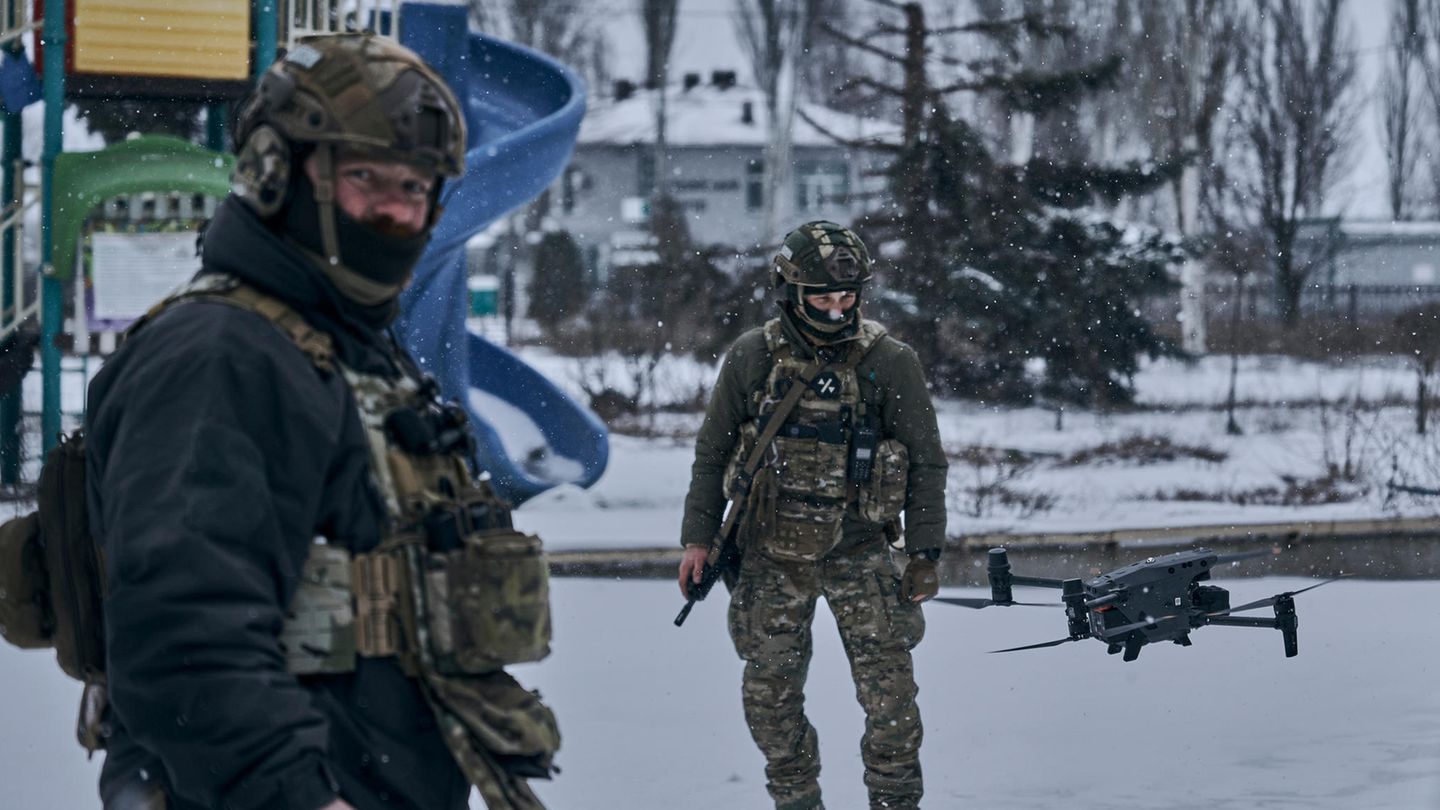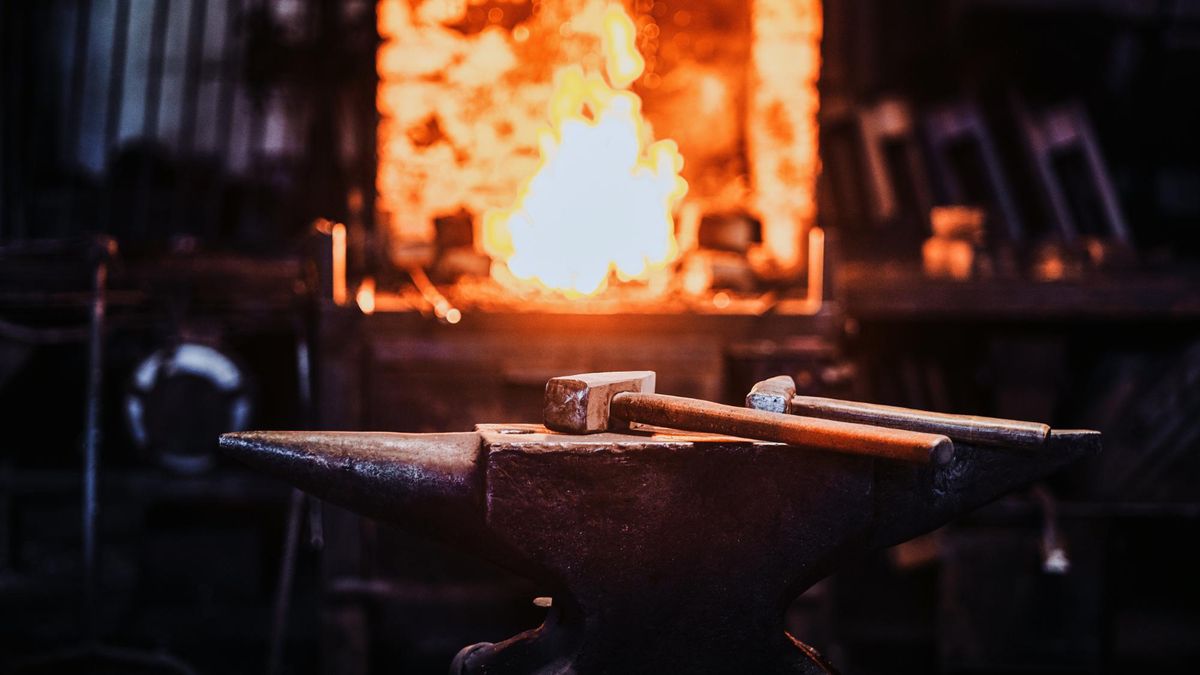Bakhmut in eastern Ukraine is heavily contested. Less than 7,000 of the once 70,000 residents remain. Impressions from the bloody everyday war.
With sirens wailing, an ambulance races to a collection point for wounded Ukrainian soldiers outside of Bakhmut. Mines and grenades ripped off whole parts of their bodies. “It’s like Verdun out there,” says paramedic Ivan, comparing the battle for the eastern Ukrainian city with the battle between Germany and France in World War I. As then, the battles in Bachmut are long, bloody and hopeless.
Ukrainian and Russian troops have been facing each other here for seven months, the longest confrontation since the war began a year ago. A decision on the anniversary on February 24 would only be symbolic. The city has long been reduced to rubble and ashes. Nevertheless, both sides are strengthening their troops in Bakhmut to end the stalemate. After many setbacks, Moscow wants to win its first significant victory, Kiev is determined to hold the fort.
“It’s a classic World War I problem,” says Mark Cancian of the US think tank Center for Strategic and International Studies. “If the Russians attack there, the Ukrainians have no choice but to defend the city.” Although a victory “would mean nothing in military and strategic terms”.
“We will fight for Bakhmut as long as we can,” Ukrainian President Volodymyr Zelenskyy told EU officials in Kiev earlier this month, again calling for more and faster arms supplies.
“We shoot and shoot and shoot”
The Ukrainian soldiers at the front complain about the lack of weapons and ammunition. “The enemy has a huge advantage in artillery,” Yuri Kryshberskyj, a 37-year-old officer, told AFP in late January. Within half an hour, 40 shells would often fly by, he described the situation in the village of Vasyukivka north of Bakhmut.
A non-commissioned officer with the combat name Alkor said the Russian troops were also superior in numbers: “We shoot and shoot and shoot, but after five minutes 20 more men come at us.”
At that time, at the end of January, a dozen corpses, presumably Russian mercenaries from the notorious Wagner troupe, lay between grenades on the frozen ground. “They didn’t even take their wounded and they died there in the field,” said a Ukrainian soldier named Vladislav.
The Russian army and the Wagner group are repeatedly accused of using poorly prepared recruits as “cannon fodder”. Neither Kiev nor Moscow say how many soldiers they lost, but both sides describe the battle for Bakhmut as the bloodiest of the war.
“History Repeats Itself”
Houses are burning everywhere, shrapnel is lying around, the snow is bloodstained. According to official information, more than half of the buildings have been destroyed. About 6,500 of the original 70,000 inhabitants still hold out in the city, which was once known for its sparkling wine and salt mines. Instead of a bridge, only a footbridge made of boards and tires leads across the river.
Natalia Shevchenko has to cross it every day in search of drinking water; running water, gas, electricity or mobile phone reception have long since disappeared. “I live in the basement. When I go out, I’m like a mole, my eyes have to get used to the light,” she says.
Natalia Yevtuchenko twice tried to leave Bakhmut. The first time, her 16-year-old son was killed along with 60 other people in the Russian attack on the nearby Kramatorsk train station, when Yevtuschenko turned back. On the second attempt, she was involved in a traffic accident.
“That was enough of the attempt,” she says. Now the 38-year-old is working as a volunteer at one of the humanitarian centers where people are fed and warmed up.
The soldiers in the trenches on the outskirts of the city try to warm themselves on the donated candles and prepare for a new Russian offensive. About 50 kilometers to the northwest, one of them lies buried in the frozen earth. 28-year-old Oleksandr Korovny, a member of the Azov Battalion, was killed near Bakhmut. A friend, Oleksiy Storosh, points to the nearby WWII memorial under the gray January sky. “History repeats itself,” he says. “What is all this good for?”
Source: Stern
I have been working in the news industry for over 6 years, first as a reporter and now as an editor. I have covered politics extensively, and my work has appeared in major newspapers and online news outlets around the world. In addition to my writing, I also contribute regularly to 24 Hours World.




